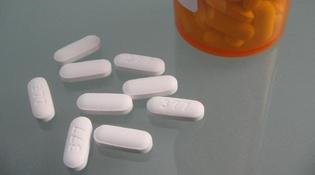 loading
loading
FindingsKids caught in the opioid crisisThe flood of prescribed opioids in homes is a danger to children and youth.  View full imageWith less than 5 percent of the world’s population, the United States consumes about 80 percent of the global opioid supply. In 2012, about 260 million opioid prescriptions were written—more than the number of adults in the nation. Worse, researchers at the Yale medical school have determined that a significant number of children and adolescents are ingesting those pills. The study, published in JAMA Pediatrics, examined the records of over 13,000 young people poisoned by opioids from 1997 to 2012. (It used the Kids’ Inpatient Database, which tracks pediatric hospital admissions and discharges.) Postdoc Julie Gaither and her team found that during that period, the rate of children’s hospitalizations rose by 165 percent. The greatest increase occurred among children aged 1 to 4 years, the second largest among 15- to 19-year-olds. The young children were hospitalized for accidental ingestion. “Enough opioids are prescribed every year to put a bottle of painkillers in every household,” Gaither says, “and kids are getting into them.” Among adolescents, suicidal intent accounted for most poisonings; the rest were recreational use or attempts to self-medicate for problems such as depression or anxiety. Most teens obtained the drugs from family and friends, but about 40 percent used their own prescriptions for nonmedical purposes. The findings, Gaither says, show that public health approaches should not only tackle overprescribing, but also educate parents about safe medication storage, promote public policies such as packaging requirements, and address the overlap in opioid misuse and depression among adolescents. Gaither notes that doctors are beginning to use a more cautious approach to prescribing opioids and to place more emphasis on alternative ways to manage pain. However, most efforts have focused on adults with chronic pain. It is critical, she says, to start paying attention to “the pediatric community, which is nearly a quarter of the US population.”
The comment period has expired.
|
|